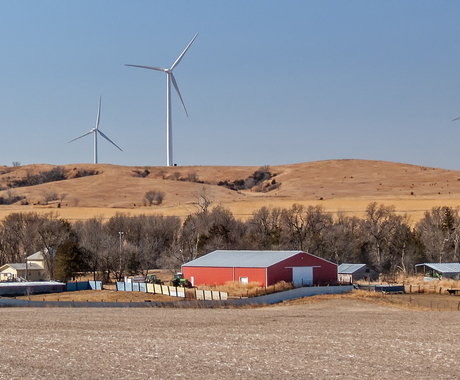By Marie Powell, former staff member
It's week 4 of our Letterman-style countdown of Top 10 Rural Research Reports from the Center for Rural Affairs. This #tbt Throwback Thursday post looks at the report that kicked off our health care reform advocacy.
Before writing a word, we traveled around our small towns and rural communities and listened to rural people. They told us their overall health and their health insurance, or lack of it, were big worries. Then we rolled up our sleeves and dug in. Here's what we found.
#7 Health Care in Rural America
by Jon Bailey, 2007
We were among the first to look at the disparities that exist in rural America in health insurance and health outcomes and connections between the two. This report outlined many of the health care needs for rural people and rural communities and the health care disparities faced by rural residents.
It concluded with an observation from The Institute of Medicine: “The many consequences of uninsurance and the growing threat it poses to the very fabric of America’s health care system makes this a problem that can no longer be ignored.”
Health Care in Rural America formed the basis for much of our advocacy around health care reform and what became the Affordable Care Act (ACA). Many of the provisions of the ACA directly respond to the health insurance disparities and health care outcome disparities in rural America that were outlined in this report.
Rural Americans may have been the people most in need of reforming the nation’s health insurance and health care system, and this report demonstrated why.
Key Findings
- Rural residents – particularly those in remote rural counties – were more likely to be uninsured than non-rural residents.
- Rural residents’ health insurance coverage paid less of their health care expenses, and rural individuals and families devoted more of their income to health care costs. These are commonly accepted definitions of “underinsurance.”
- Rural residents, in general, were sicker than non-rural residents. Rural residents had higher rates of almost all common diseases and conditions than did non-rural residents.
- The ultimate health status of rural people had much to do with health insurance coverage and the type they had.
You can see Health Care in Rural America here.





